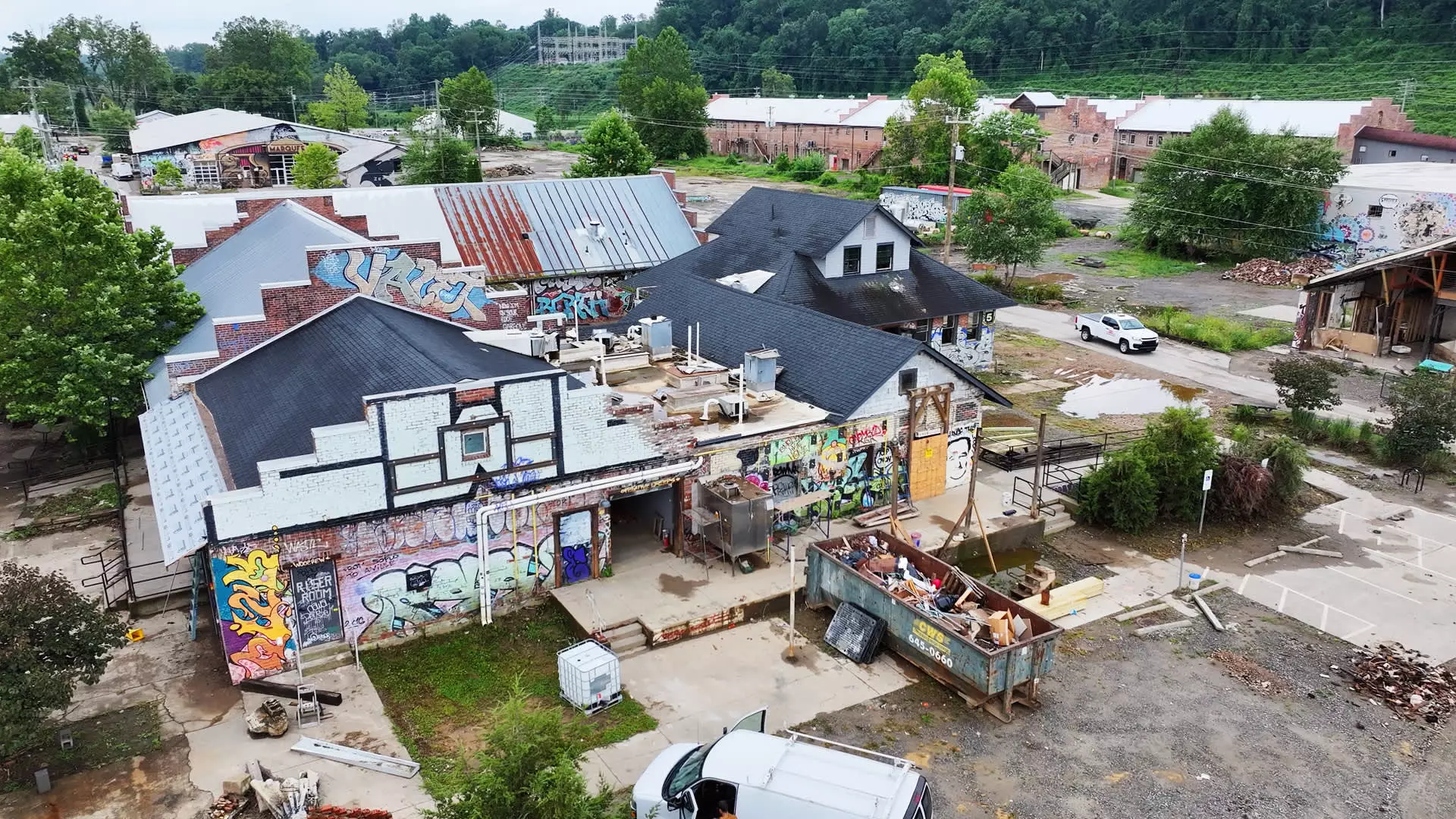In recent years, the landscape of disaster management within the United States has been fundamentally altered by a shift that threatens the core of community resilience. The Trump administration’s reforms to FEMA symbolize a troubling turn towards decentralizing disaster response, positioning federal aid as a limited, direct-to-presidents-office conduit rather than an inclusive, supportive apparatus for local communities. While proponents argue that this approach streamlines aid delivery, it fundamentally undermines the cooperative federalism envisioned in disaster response, creating a dangerous dependency on an increasingly fragile and politicized chain of command.
Less federal money, more centralized control—these are the new hallmarks of FEMA under the current administration. Politically motivated decisions to reduce aid funding, paired with a push to give out disaster relief funds directly from the President’s office, risk marginalizing the complex, often chaotic realities faced by local governments. Disasters are inherently local, yet shifting financial and administrative burdens to state and municipal authorities without adequate support risks turning localities into overwhelmed first responders with limited resources. This dangerous approach ignores the lessons of past calamities, where delayed or insufficient federal assistance has worsened human suffering and economic devastation.
Critique of Bureaucratic Inefficiency and Inaction
FEMA’s track record, often marred by bureaucratic delays and sluggish response times, leaves much to be desired. Critics have long pointed out that the agency’s labyrinthine processes hinder timely aid, perpetuating a cycle of frustration for disaster victims. The continued accumulation of over 600 open disaster declarations, some languishing unresolved for nearly two decades, exemplifies systemic inefficiency. The agency’s inability to effectively streamline and coordinate crisis response exacerbates vulnerability, especially when local governments are already strained.
This dysfunction is particularly glaring in the aftermath of catastrophic events like Hurricanes Katrina and Rita. Decades later, some communities still grapple with the aftermath, highlighting a fundamental failure to evolve and improve disaster management protocols. In the face of increasing natural disasters driven by climate change, FEMA’s inability to adapt and swiftly serve its purpose raises profound questions about the agency’s capacity and priorities. The federal government’s abdication of its responsibilities toward vulnerable communities further exacerbates inequalities, disproportionately impacting low-income and marginalized populations.
Decentralization as a Double-Edged Sword
The current federal approach champions local and state management, asserting that states are better positioned to coordinate disaster relief. While it is true that local actors possess contextual expertise, shifting all relief responsibilities without a significant increase in resources is a misguided and potentially catastrophic gamble. The fallout from Hurricane Helene in North Carolina exemplifies this risk. Despite its colossal damage, federal aid covered only a small percentage of the total cost—approximately 6.2%. Local governments found themselves trying to patch the fractures with insufficient funds, exposing borders in the social fabric that disaster response is meant to bridge.
Small businesses like Asheville’s Village Potters Clay Center illuminate the human face of this shift. This local enterprise, devastated by floodwaters and reliant on FEMA’s flood insurance, faces uncertain recovery prospects. Government’s retreat leaves these businesses and communities to shoulder an ever-increasing burden, which many simply cannot sustain. The social and economic fabric begins to fray when vital community institutions are forced to recover without ample federal support. This risk feeds into a cycle where inequality deepens because wealthier communities can weather the storm, while others are pushed further into despair.
Questioning the Ideology Behind the Policy Shift
Underlying this transformation is a troubling ideological stance that favors austerity and decentralization at any cost. While fiscal responsibility is essential, stripping away essential federal support in disaster scenarios reflects a disturbing preference for neoliberal policies that prioritize short-term savings over long-term resilience. It’s a view that underestimates the systemic nature of disasters, which transcend local boundaries and require coordinated national responses.
Moreover, the political implications of redistributing disaster funds directly from the President’s office open the door to politicizing aid, where allocations could be influenced by partisanship or regional biases. The net effect is a weakening of the social safety net, especially for historically underserved districts that rely on federal intervention during crises. This approach risks transforming disaster relief from a shared national responsibility into a political tool, eroding trust in government and leaving the most vulnerable behind.
The Price of Ignoring Systemic Failures
Ultimately, the repercussions of undermining FEMA’s capacity are staggering. As climate change unleashes increasingly severe and frequent disasters, the nation’s response infrastructure must be capable of scaling up with efficiency and compassion. The current trend dangerously neglects this necessity. Communities face not only the immediate devastation but also the long, arduous journey toward recovery, which is now more uncertain than ever.
The social fabric that sustains local businesses, neighborhoods, and regional economies is frayed because the federal government refuses to fulfill its fundamental duty—protecting its citizens in times of crisis. The nation’s disaster response strategy must be rooted in unity, support, and recognition of shared responsibility. Instead, the recent political overhaul signifies an alarming departure from these principles, risking a future where resilience and recovery are luxuries only the wealthiest can afford.


Leave a Reply